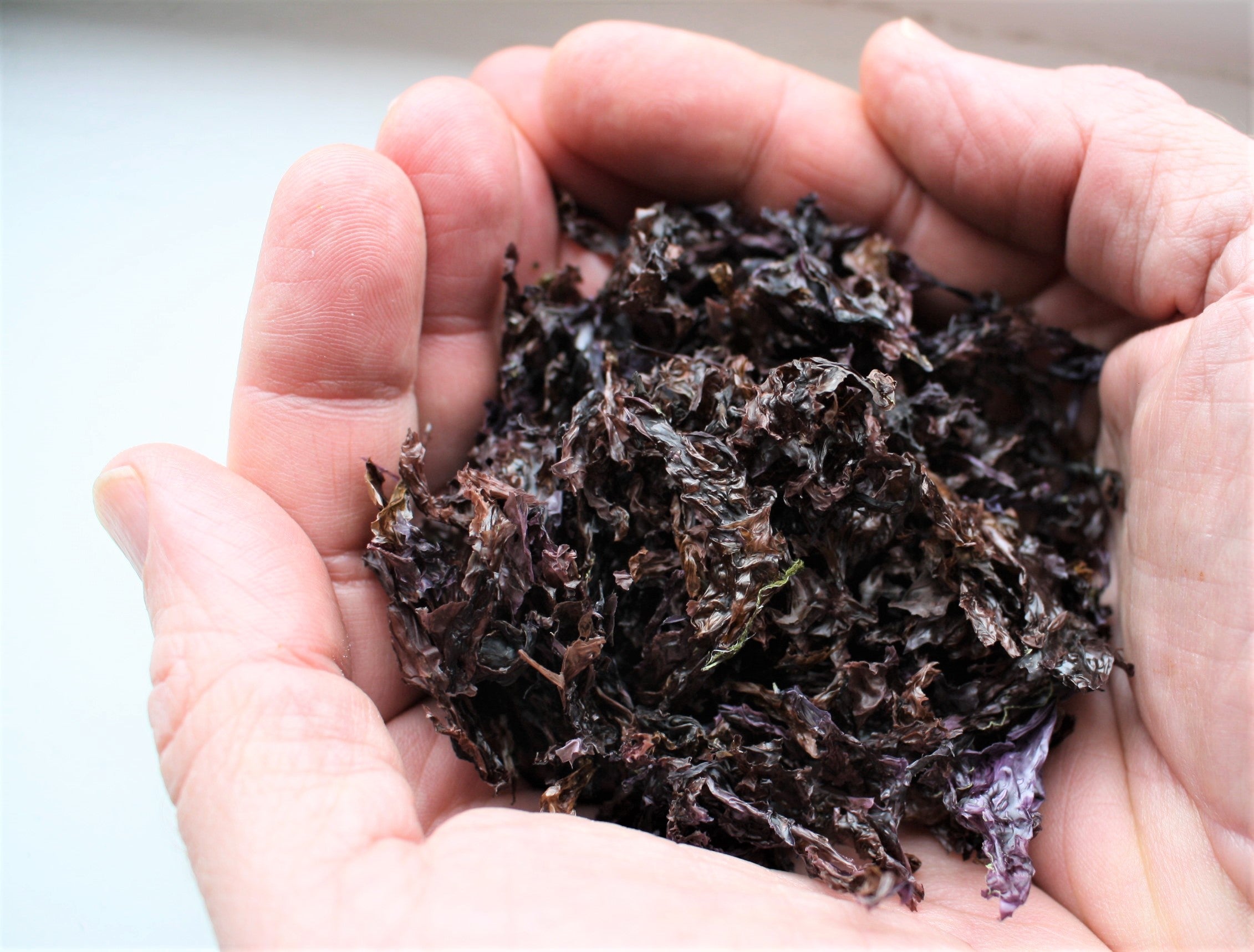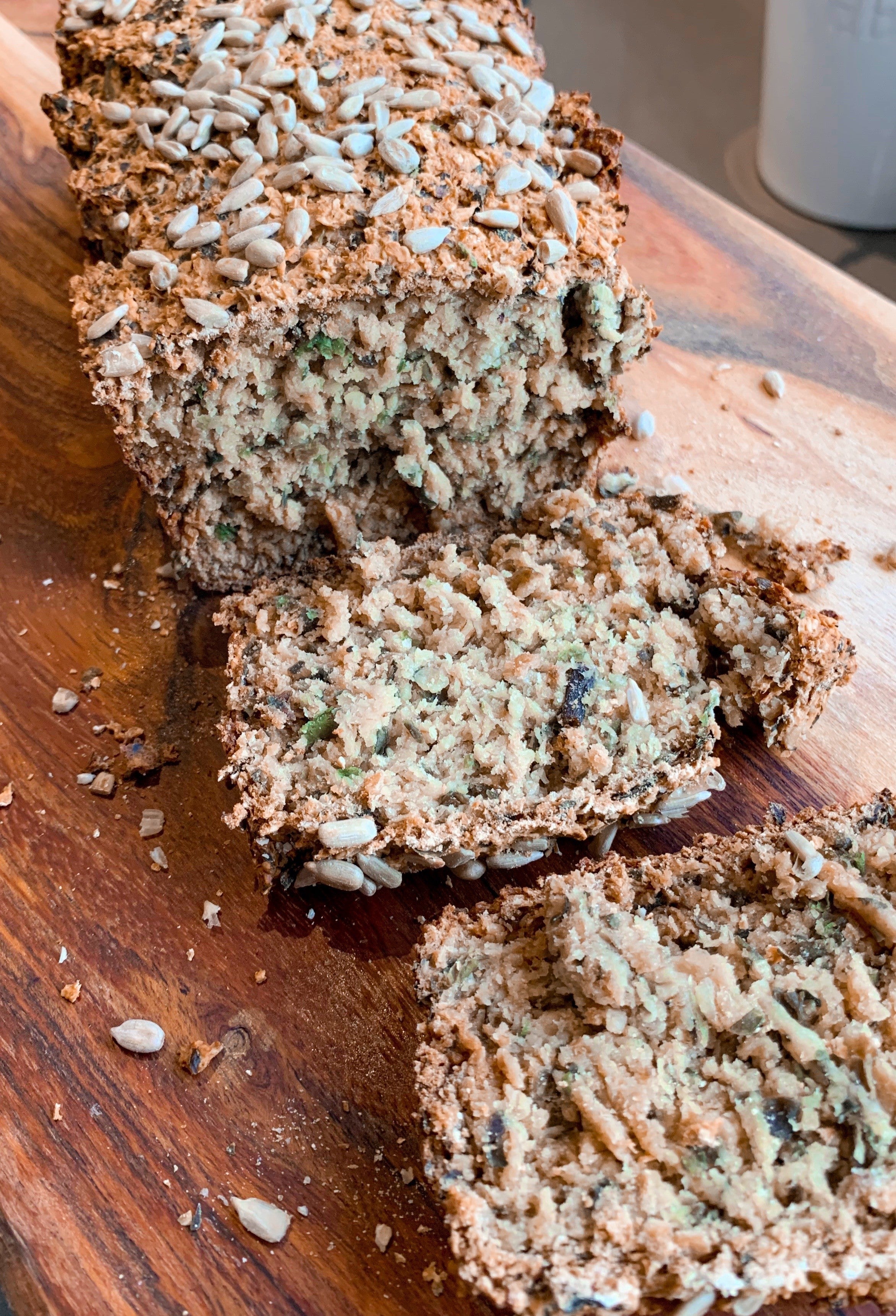Today, the food industry uses MSG (monosodium glutamate or additive code number 621) to enhance flavour.
While MSG was made in a lab to be chemically similar to umami, and they target the same receptors in our bodies, an essential distinction between them significantly affects how each reacts in our bodies. Like most synthetic isolates, MSG has its fair share of problems. It has been linked to inflammation, type 2 diabetes, and the destruction of liver tissue.
The umami taste is derived from naturally occurring glutamic acid (glutamate) in foods and is “bound” to other amino acids or proteins. MSG is a synthetic reproduction of natural glutamate. It is chemically produced and not bound.
Free (unbound) glutamate, like seaweeds, can be added to foods to enhance flavour and provide natural umami taste.




